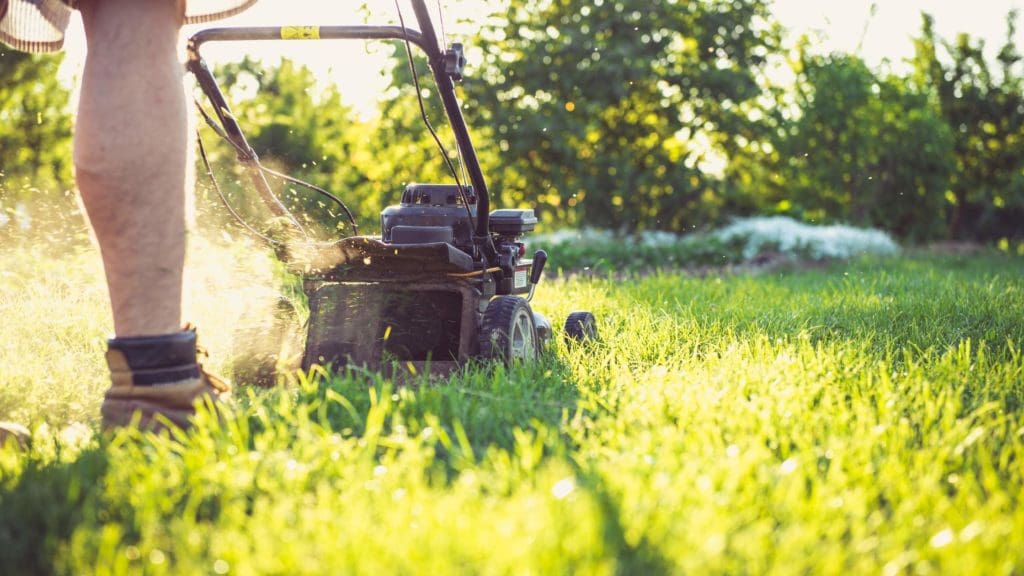With the summer fast approaching, commercial property owners, facility managers, and homeowners alike should consider the most effective ways to protect the structural integrity of their properties before the hot weather sets in. To help, we’ve put together a succinct guide that explains how you can prepare and maintain your lawn in order to prevent foundation damage during the hottest summer months.
Addressing Variations in Soil Moisture Content
Characterized by high compressive strength and excellent durability, concrete is by far the most common material used for foundations. On the downside, concrete is susceptible to damage due to variations in the soil moisture content.
Houston’s spring usually brings heavy rain, which causes the soil under your home or building to absorb water and swell. Conversely, the soil tends to dry out and shrink during the hot and relatively dry summer weather. Besides creating cracks in the soil that allow water to seep through to the foundation, this cycle of swelling and shrinkage may place repetitive stress on your foundation. As a result, cracks could develop in your foundation and basement floor and walls. Additionally, drought conditions, as well as soil that remains wet for a long period of time are two factors that could lead to foundation movement and differential settlement. This may result in structural damage, potentially affecting your entire home or building.
While controlling the moisture content in the soil may seem like an impossible task, ensuring proper landscape drainage could help you prevent foundation damage. That’s because good drainage keeps water runoff away from your foundation and minimizes moisture content fluctuations.
Ensuring the Landscape Is Graded Properly
If the soil around your home or building tends to pool after rain or remains wet for long periods of time, you may have a drainage problem. Poor drainage can be due to blocked gutters, downspouts directed toward the building, and negative grading. If the problem is caused by an inadequate slope that prevents water runoff from being diverted from your home or building, you should have your lot graded properly before you lay down sod. If you’ve already installed your lawn, you can consult with a landscaping company to find the right option for your property. If proper grading cannot be achieved, you can elevate your home in order to protect it from potential flood damage.
Considering Proper Watering Techniques
Proper watering is crucial to maintaining a healthy lawn in Houston. The easiest way to keep your lawn looking great year after year is to opt for a timer-controlled sprinkler system. By watering your lawn at established times, a sprinkler system will prevent the soil from becoming too dry. This will keep your grass green and healthy, while also allowing you to protect your foundation from damage during a drought.
If the sprinkler system proves insufficient during the hottest days, you may want to consider installing French drains, which are excellent complementary solutions for watering deeper parts of the soil. Although these drains are traditionally used to carry water away from foundations, they can also be used to attract water, as the water will naturally flow downward to fill the air pockets between the drain gravel. Therefore, by installing French drains deep enough, you can achieve two goals: divert water from your foundation and “store” water in the soil so that your lawn can survive short periods of drought without watering it more frequently. “Storing” water in the soil could also reduce the risk of soil shrinkage, preventing foundation damage.
Considering the Location of Trees, Shrubs, and Flowers
Planting trees, shrubs, and flowers too close to your home or building could damage your foundation unless you opt for a BioBarrier System. With the help of this system, you can boost your property’s curb appeal without having to worry about the potential damage that roots could cause to your foundation. Employing these guidelines will protect the integrity of your entire building or home for many years to come, saving you a lot of trouble in the future. If you’ve noticed any warning signs of foundation issues, the easiest way to stay on top of the problem is to contact us for a free estimate and/or assessment.

